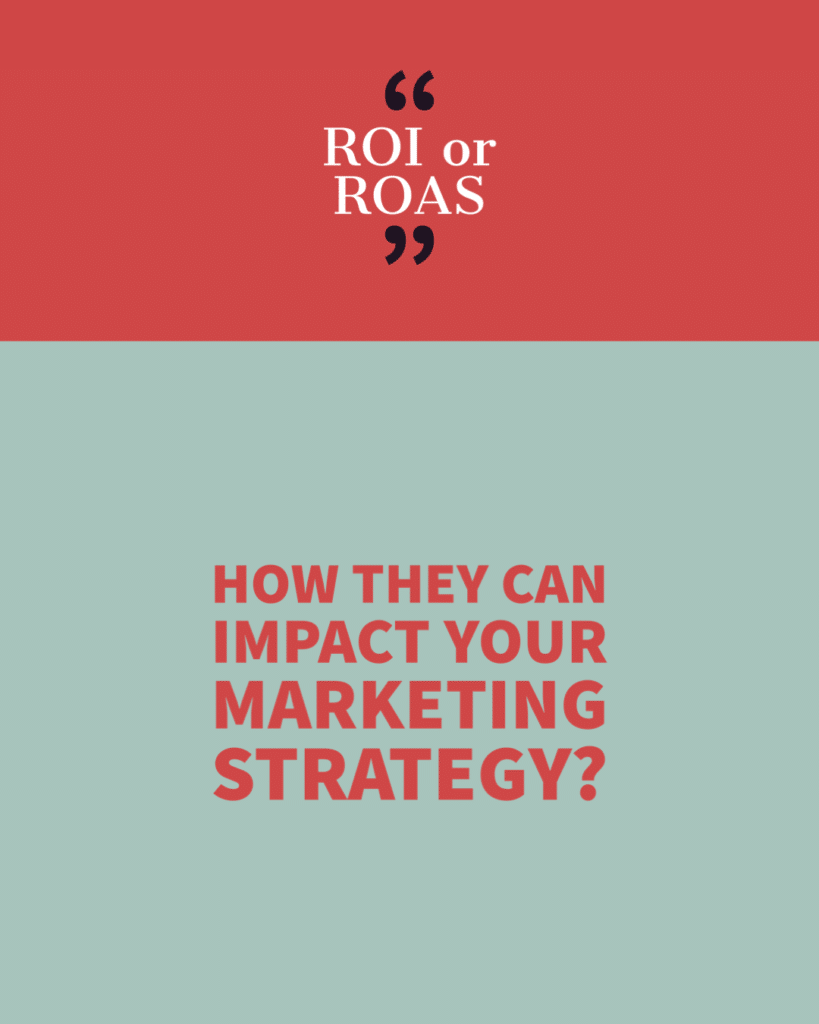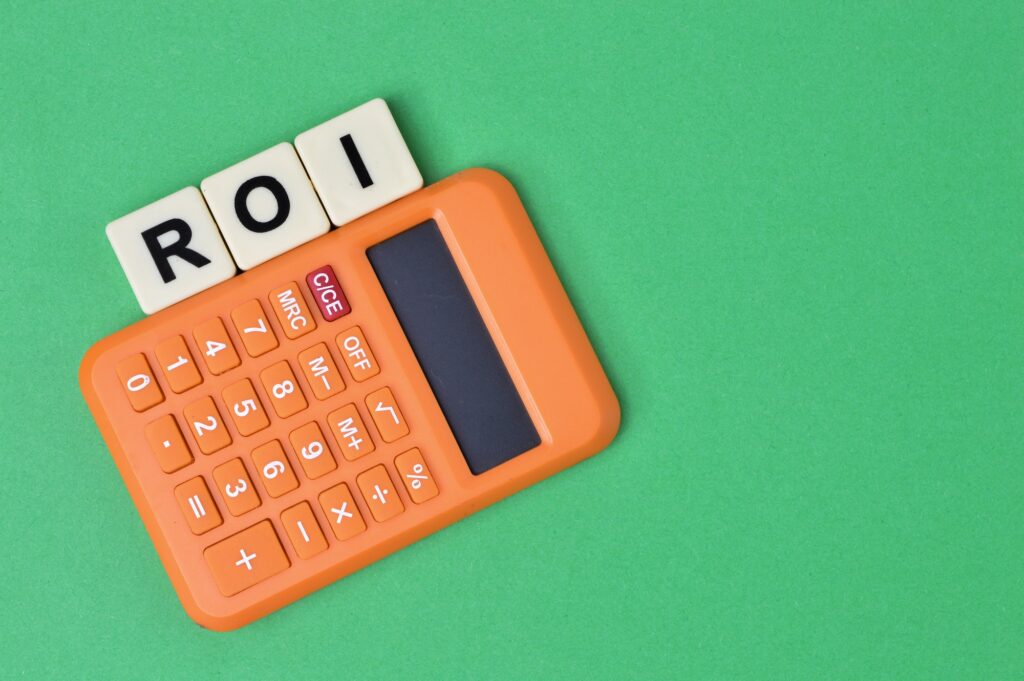Return on investment is one of the most important metrics in eCommerce (ROI). But tracking ROI may not tell digital marketers everything they need to know about how to improve their online campaigns.
How ROI and ROAS can change your online marketing plan
You should also keep track of return on ad spend to get a better idea of how to spend your advertising money (ROAS).
Let’s look at what these two metrics are, how they are calculated, and how they can be used together to get a better idea of how well your marketing campaigns are doing and how to change them.
When it comes to tracking how well ads work, one of the most common mistakes marketers make is to use ROI and ROAS as if they were the same thing. In fact, these two measurements are not the same.
ROI is the ratio of your net income to the total amount you invested, and ROAS is the amount of money you make for every dollar you spend on advertising.
In other words, ROAS asks how much money your business makes for every dollar you spend on advertising.

To figure out return on investment, you take the final value of an investment and subtract its initial cost. Then you divide this number by your total cost. The last step is to multiply the result by 100 to turn it into a percentage.
ROI = Net income / Total Cost x 100
ROI Formula
ROI = Ad Revenue / Ad Cost x 100
ROAS Formula
Even though the similarity of these equations might make it seem like ROI and ROAS are the same thing, they actually show different parts of your digital marketing strategy.
ROI is best used to get a general idea of how successful a campaign is and how it will affect your long-term profits.
ROAS gives you a more immediate and short-term look at how different ads or campaigns are doing.
Here’s where things get harder. Aiming for a ROAS of 400% or more and a ROI of 10% or more is a good idea, but the best number will be different for each business and will depend a lot on the market and how you make money.
Instead of focusing on an ideal percentage for ROI or ROAS, your organization can benefit from keeping track of how each relates to and affects different campaign goals.
This will help your marketing strategy in areas like setting goals, dividing customers into groups, and more.
By keeping track of both ROI and ROAS, you can see how each campaign affects your bottom line and make changes as needed. For example, you can choose to spend less on ads for products that don’t get much attention and put that money toward products that do better.

By keeping an eye on ROI and ROAS, you’ll be able to be more deliberate about how you carry out your marketing plans and find different ways to scale your campaigns. Instead of spending money on ads based on guesswork, you can divide your products or services into groups based on how much money they bring in and tailor your strategy for each item or group.
In spite of what you might think, a higher ROAS is not always better. In some situations, you might want to have a lower ROAS to increase the value of the ads that are clicked on or the money you make from them. The table below shows how spending more on ads can lead to a lower return on ad spend (ROAS), but ultimately bring in more money.
By taking CLV into account, you can get a better idea of the range of ROI you can expect, which helps you choose a ROAS you’re comfortable with. For example, services that charge by the month tend to have lower initial ROAS goals because they have a higher CLV. On the other hand, luxury goods require higher ROAS targets up front because their CLV potential is lower in the long run.
Let’s take a look at use of ROI and ROAS in a real life example.
JomarWraps‘ innovative marketing plans were to increase sales in certain services and reach the goal to become 3M business partner.
One branch of JomarWraps‘ business model is dependent on the seasons. Using iStudiosMedia’s full stack marketing, they track both their ROI and ROAS to analyze conversions and compare sales over different time periods.
But the issue was, we didn’t have much of idea across all the sales that were coming from the channel to evaluate the campaign’s success. looking into the return on investment from the ads shows positive outcome, but wouldn’t help us understand which platform provides us the better outcome and what are the best ways to hone down on the best performing platform. So we started identifying ROAS as our key KPI and with that we were able to track every single lead, sales, transactions and optimize each ad campaign accordingly.
The results were outstanding! while we calculated +700% in ROAS in the first month, after full implementation of our integrated marketing approach, we were able to over exceed our SMART GOAL and hit 1250% in ROAS within 2 months.
We didn’t stop there, we kept on looking for rooms for optimization, be it the landing pages or the ad campaigns as well as the keywords, this time, we were surprised to reach 2400% in ROAS after close to 6 months in our strategy.
This was the result in being realistic to data and make changes and apply our test and learn approach.
This is why it is important to keep track of these metrics. It’s not just about getting a fixed, ideal ratio of ROI or ROAS. You also need to be able to change your strategy quickly and effectively to keep up with how eCommerce marketplaces work today.
Eventually, we tried this approach with a new service for a very niche group of audience, that was were we got the best outcome and I think this was the key. although it took us about 2 months to get to the desired outcome, but when we hit 3400% in ROAS, we knew that this is nothing but the outcome of our integrated marketing approach, using test and learn strategy and using ROAS as our KPI.
The bottom line is that ROI and ROAS are not the same thing, but they can work together to help you make your digital marketing campaigns more effective, productive, and personalized.
By looking at these two metrics together, you’ll not only get a more complete picture of how your ads are doing, but you’ll also be able to adjust how much you spend on ads to fit your needs and those of your customers.